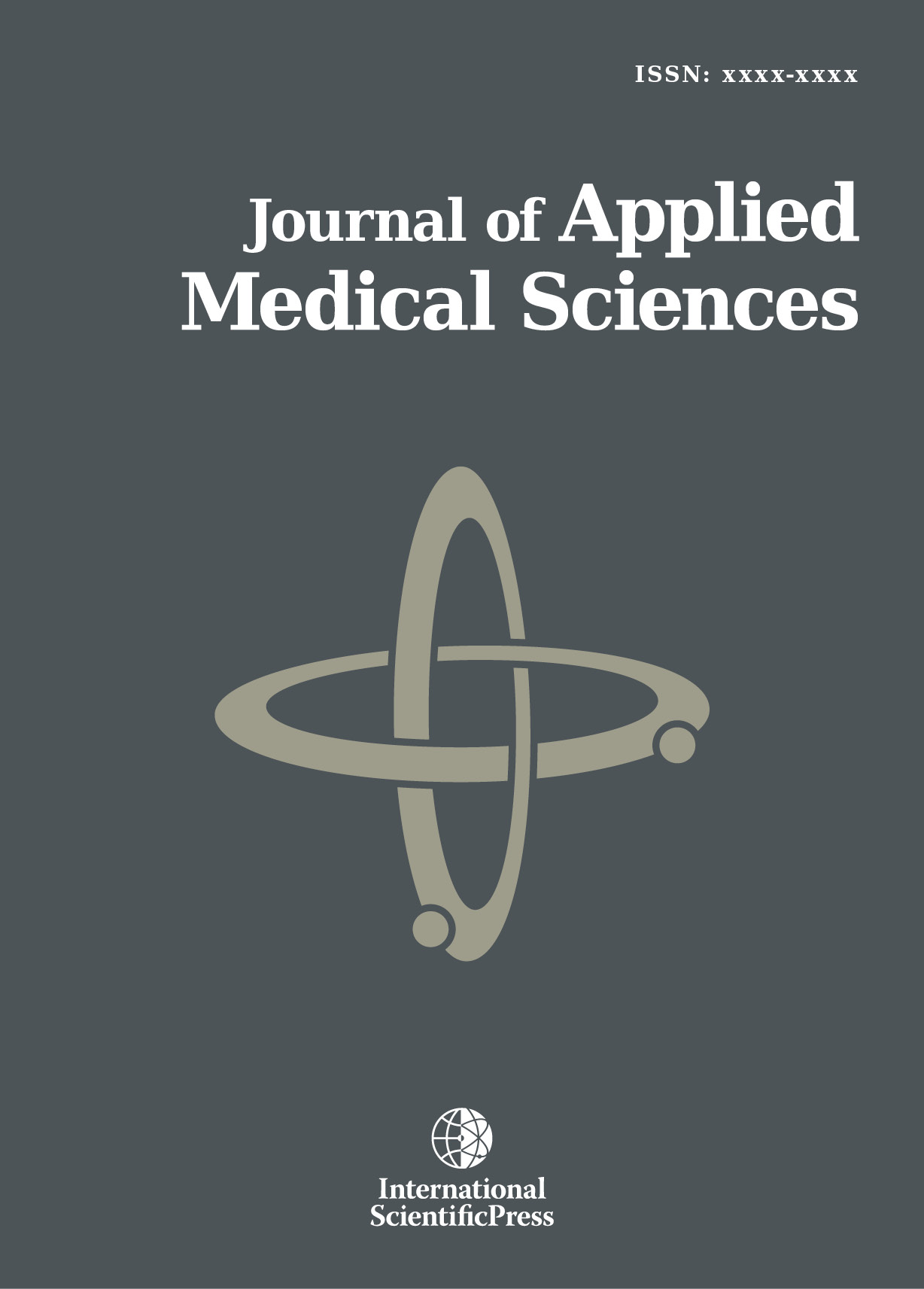Journal of Applied Medical Sciences
Placenta Thickness Measurements during Gestational Age Progress
-
 [ Download ]
[ Download ]
- Times downloaded: 10513
-
Abstract
The placenta thickness has a relationship with fetal growth, since it is the only one way of his feeding. The objective of the study was to compare the fetal age progress and the placenta thickness in Saudi pregnant women. In a cross sectional descriptive study, one thousand pregnant women with mean age of 29 years old, were examined by ultrasound imaging. Inclusion criteria was Saudi pregnant women of normal pregnancy, exclusion criteria included fetal or maternal disorders. 3.5MHz, 5MHz convex probes and 7-10 MHz linear probe were used to examine the participants and to get the required measurements of placenta thickness and gestational age (GA) through measuring the biparietal diameter (BPD), abdominal circumference (AC) and femoral length (FL). In the (12th -25th), (26th -36th ) and (37th -40th ) Weeks the GA were; 18.9 ± 4.2, 33.2 ± 2.9 and 38.1± 0.89 respectively. While the placenta thickness measurements were; 23.1mm ± 5.5, 35.0 mm ± 6.2 and 39.6 mm ± 7.0 respectively for the same periods. The highest frequency of placenta grading was Grade2 which is (36.0% of 1000). The highest frequency of placental location was Anterior Fundal which is (22.1% of 1000). There was strong statistical association between the increasing of placenta thickness and the GA, P = 0.000. The placenta thickness measurements can be carried on consideration with the other GA measurements parameters.
